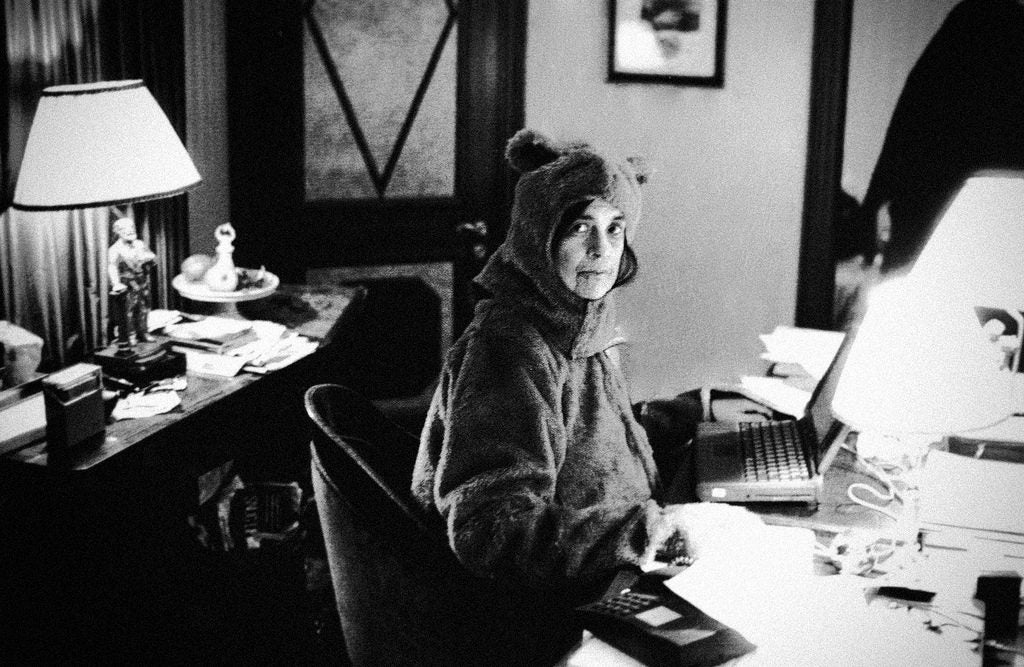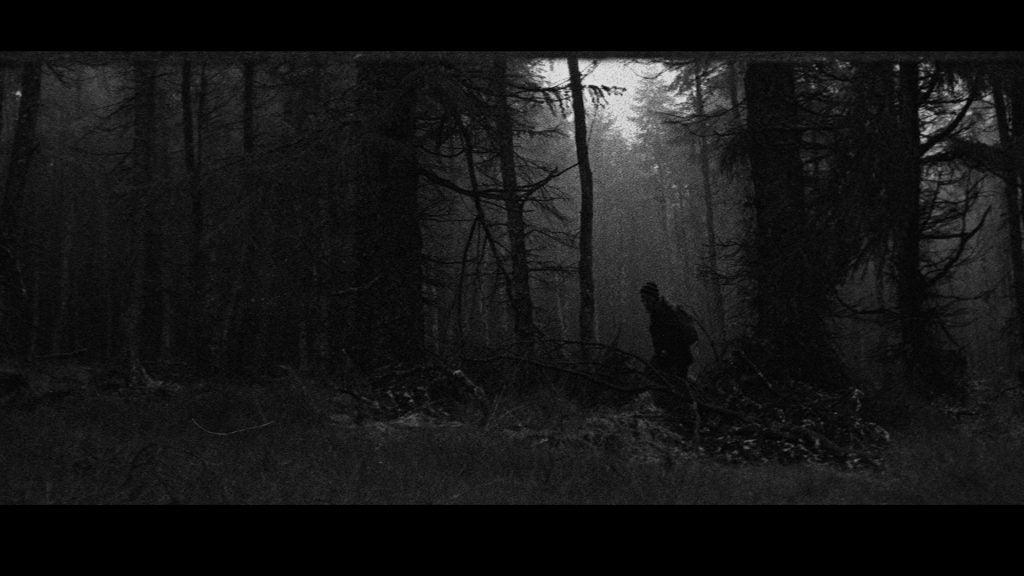Killing :: kogonada
Not long after reading David Shields’s Reality Hunger: A Manifesto, still high on its rallying cry for emotion over narrative, concision over Great American Novel bloat, I came across :: kogonada’s work. In his visual essays I discovered the cinematic version of what Shields called “the folk tradition in action: finding new uses for things by selecting the parts that move you and discarding the rest.”
Killing :: kogonada Read More »
Not long after reading David Shields’s Reality Hunger: A Manifesto, still high on its rallying cry for emotion over narrative, concision over Great American Novel bloat, I came across :: kogonada’s work. In his visual essays I discovered the cinematic version of what Shields called “the folk tradition in action: finding new uses for things by selecting the parts that move you and discarding the rest.”








